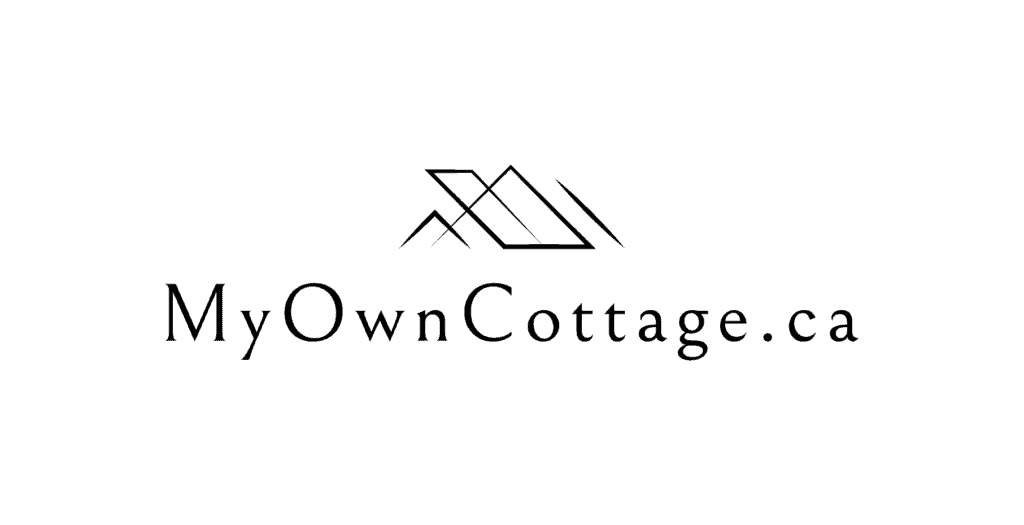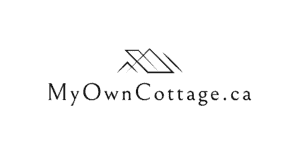Can Eco-Friendly Prefab Cottages in Ontario Be Used as a Primary Residence?
Can eco-friendly prefab cottages in Ontario be used as a primary residence?
Discover if they meet year-round residency standards and municipal regulations.
Can Eco-Friendly Prefab Cottages in Ontario Be Used as a Primary Residence?
Yes, eco-friendly prefab cottages in Ontario can be used as a primary residence if they are CSA A277-certified and meet Ontario Building Code requirements for permanent dwellings.
This includes insulation (R-31+ walls, R-50+ roofs), mechanical ventilation, and approved zoning for year-round occupancy.
As sustainable living becomes more accessible and desirable, one of the most frequently asked questions from Ontario homebuyers is: Can an eco-friendly prefab cottage actually serve as a full-time home?
As mentioned, the short answer is: Yes, absolutely—but with careful planning and the right design choices.
But let’s walk through what you need to know to make a year-round, eco-friendly prefab cottage in Ontario your perfect home.
Are Eco Prefab Cottages Suitable for Year-Round Living in Ontario?
Modern eco prefab cottages in Ontario are no longer just weekend getaways.
Advances in building techniques, energy efficiency, and controlled environment construction allow builders to deliver high-quality homes built for four-season comfort.
✅ Four-season prefab homes include:
Insulated to meet or exceed Ontario Building Code (OBC) standards (e.g., R-31+ in walls, R-50+ in roofs)
Equipped with high-performance windows and ERV/HRV ventilation
Designed with energy-efficient heating (e.g., heat pumps, in-floor systems)
Built with airtight, net-zero ready envelopes for minimal heat loss
These homes can be lived in comfortably year-round—even through harsh Muskoka winters.
Key Differences Between Seasonal and Permanent Models
Not all prefab cottages are created equal.
Understanding the distinction is critical if you’re planning to make your cottage a primary residence.
| Feature | 3-Season Cottage | Year-Round Eco Cottage |
|---|---|---|
| Insulation | Limited (R-12 to R-20) | High-performance (R-31 to R-60) |
| HVAC | May be absent or minimal | ERV/HRV, heat pump, radiant floors |
| Foundation | Often piers or skids | Full slab, crawlspace, or ICF |
| Windows | Single/double pane | Triple-pane, energy-rated |
| Use case | Summer/weekends | Primary home or home office |
Do They Meet Municipal and Building Code Requirements?
Yes—if built and installed properly.
Here's what you’ll need to ensure compliance:
CSA-A277 Certification: Required for factory-built homes in Ontario
Municipal Zoning Approval: Your lot must be zoned for permanent residential use
Septic, Well, or Water Hook-Up: Must be designed for year-round occupancy
Road Access: Year-round plow access is a must
🧭 Want help navigating your township’s rules? Schedule a call with a prefab zoning advisor through Myowncottage.ca.
Insights from Full-Time Ontario Residents
Nothing establishes trust like lived experience. Take it from Megan Shaw, who made the switch to a full-time prefab lifestyle:
“We moved into our prefab in Hastings Highlands in 2021. It’s been through three Ontario winters—no issues, no regrets. It was net-zero ready, so our utility bills are consistently under $100/month,” says Megan, who chose a custom cabin design by a local cottage builder.
Stories like Megan’s reflect the real-world reliability of high-quality prefab construction, especially when designed with durability, thermal performance, and personal style in mind.
How to Ensure Your Cottage Is Ready for Primary Use
Before turning the key on your dream home, follow this checklist:
✅ Site-Specific Considerations
Year-round road access
Driveway slope (especially for hilly cottage country lots)
Snow load design (critical in northern Ontario zones)
✅ Home Features
Backup heat source (e.g., propane stove)
Triple-sealed entry doors
Generous living room and outdoor space for full-time comfort
Optional: basement or loft to increase square footage
✅ Futureproofing
Rough-in for solar (off-grid compatibility)
Dedicated home office space
Secondary unit for guest house or rental income
💡 Pro Tip: Ask your builder for passive house upgrades if long-term cost savings and sustainability are your goals.
🧩 Thinking long-term? Learn how long does it take to build an eco prefab cottage?
Explore Year-Round Plans or Book a Liveability Consultation
Choosing a prefab as your primary residence can be the perfect solution—offering faster construction, custom design, and major cost savings compared to traditional homes.
👣 Next Steps:
Browse our year-round home models with up to 3,000+ square feet of living space
Book a free year-round living consultation with our building advisors
Ask about custom design options to align your layout with your lifestyle
🧩 Important internal links:
Explore more prefab cottages in Ontario
Final Thoughts: The Best Part?
Living full-time in a prefab cottage doesn’t mean sacrificing comfort, space, or style.
With the right planning, you’ll enjoy:
A custom home in the right place
Excellent support from local builders
A high quality product with reduced construction delays
Complete peace of mind for your next chapter
✅ Book a free consultation or call us directly to start designing your perfect home today!
🧑💼 Request a Free Consultation
📲 Call Us Directly: (705) 345-9337
✅ Ontario-Built | ⚡ Energy-Efficient | 🏡 Fully Customizable | 🚚 Fast Delivery
Alternatively, for your convenience, you can also simply fill out the contact form below and we’ll get back to you soon! 👇
❓ FAQ About Full-Time Eco-Friendly Prefab Cottages
Can eco-friendly prefab cottages in Ontario be used as a primary residence?
Yes, eco-friendly prefab cottages in Ontario can be used as a primary residence if they meet the Ontario Building Code (OBC), have CSA A277 certification, and comply with local zoning bylaws for full-time residential use.
Are prefab homes legal in Ontario?
Yes, prefab homes are legal in Ontario as long as they are CSA A277-certified and built to meet Ontario Building Code requirements for structural safety and energy efficiency.
What are the zoning requirements for living in a prefab cottage year-round?
To live year-round in a prefab cottage, your property must be zoned for permanent residential use and have access to services like water, septic, and electricity.
What is CSA A277 certification?
CSA A277 is a national building standard in Canada that certifies factory-built homes meet the same construction and safety requirements as site-built homes under the Ontario Building Code.
How much does it cost to build a prefab cottage in Ontario?
Prefab cottages in Ontario typically cost between $200 to $350 per square foot, not including land, foundation, or site servicing.
Can I build a modular home on my property in Ontario?
Yes, you can build a modular home on your property in Ontario if the lot is zoned for residential use and meets municipal requirements for permanent dwellings.
What are the Ontario Building Code requirements for prefab or modular homes?
Prefab and modular homes must meet the Ontario Building Code (OBC), including minimum insulation (R-31 walls, R-50 roofs), mechanical ventilation (ERV or HRV), and energy efficiency standards.
Are there restrictions on modular or tiny homes in Ontario?
Yes, some municipalities enforce minimum square footage, foundation types, and setbacks, which may restrict tiny or modular homes used as full-time residences.
How much does a 1,000 sq ft prefab house cost in Ontario?
A 1,000 sq ft prefab house in Ontario typically costs between $200,000 and $350,000, depending on specifications and site conditions.
Can RTM (Ready-to-Move) homes be used as permanent residences in Ontario?
Yes, RTM homes can be used as permanent residences in Ontario if they are CSA A277-certified and comply with local building and zoning requirements.
Who builds passive or net-zero prefab homes in Ontario?
Ontario builders like My Own Cottage and Ekobuilt specialize in passive house and net-zero prefab homes that meet high-efficiency and year-round living standards.
What utilities are required for year-round prefab living?
Permanent occupancy requires year-round water (well or municipal), an approved septic or sewer system, electrical service, and winter-maintainable road access.

